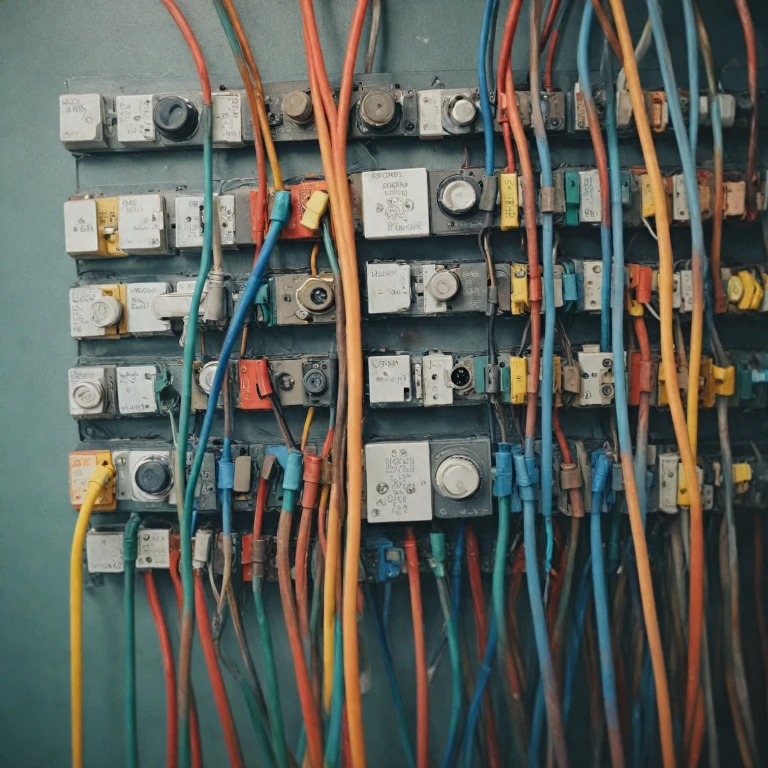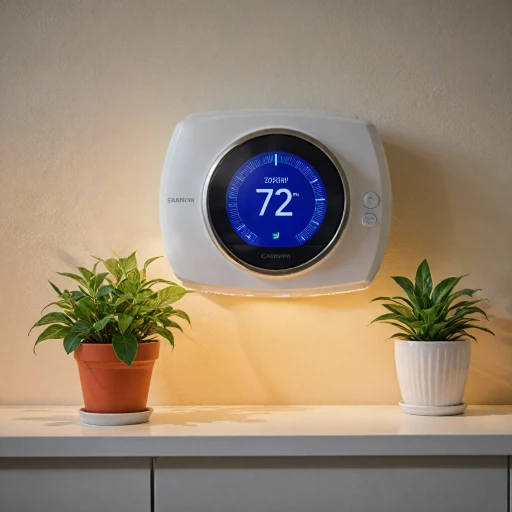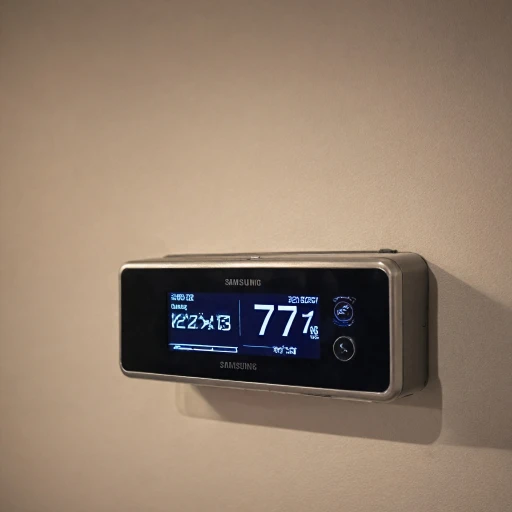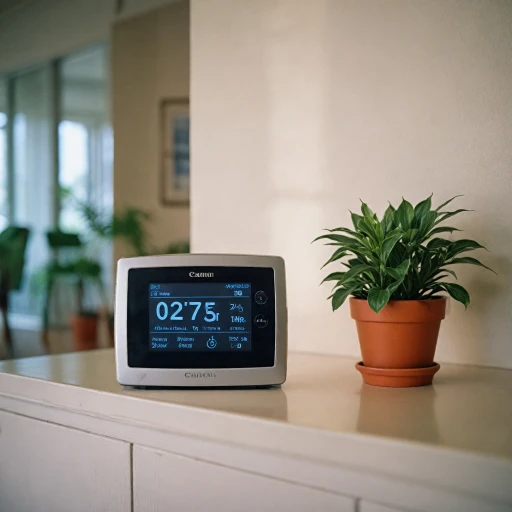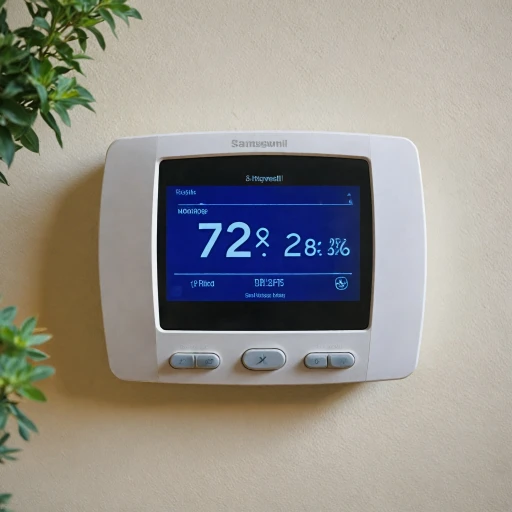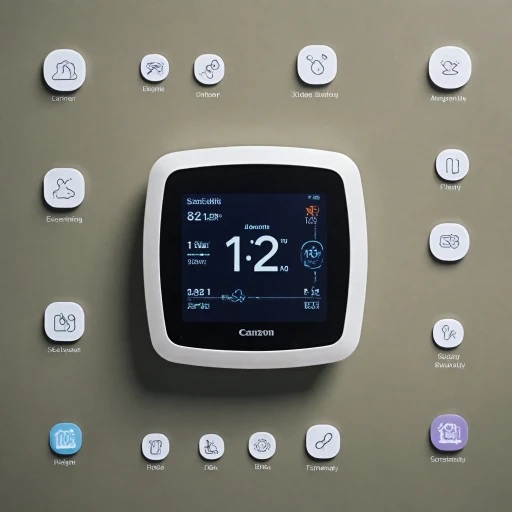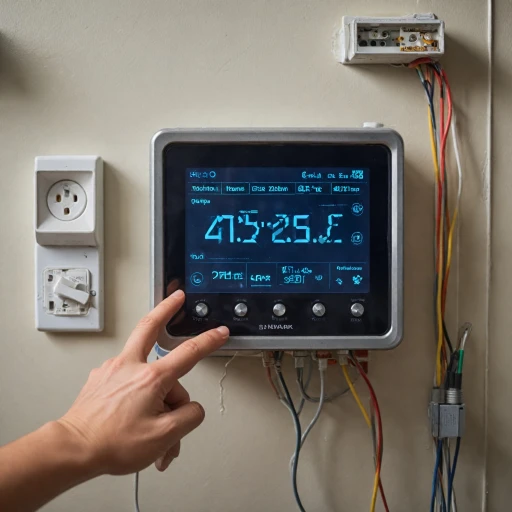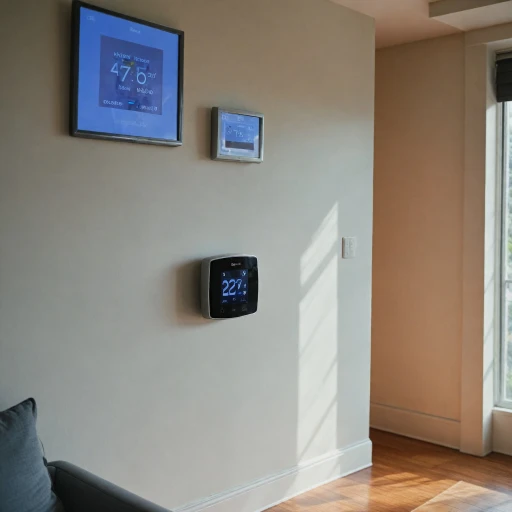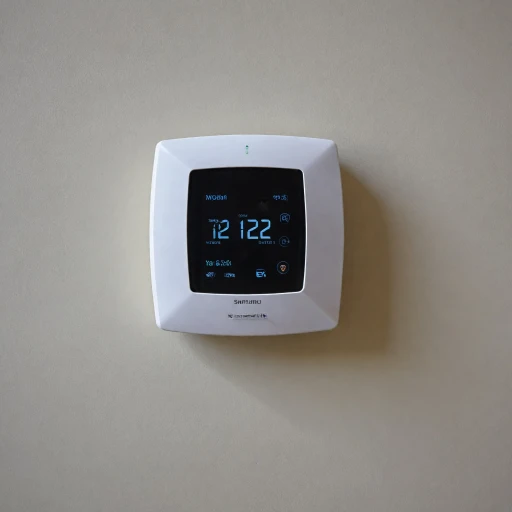
The Basics of Thermostat Wiring
Introducing Thermostat Wiring Essentials
Understanding thermostat wiring is pivotal for effectively managing your home's heating and cooling systems. It's essentially the communication network between the thermostat and the HVAC system, allowing you to control the temperature within your space effortlessly. Whether you're dealing with a traditional system or a modern smart thermostat, familiarizing yourself with this setup is crucial.
Thermostat wiring can vary considerably based on the system type and components, such as air conditioning, heating, or a heat pump. Generally, you'll encounter several wires connecting your thermostat to your home's HVAC system. Each wire typically has a unique role to play, whether it's powering the device, regulating your heating system, or managing your cooling system.
For those looking to ensure seamless integration of smart thermostats into existing HVAC systems, understanding these wiring basics helps in matching components accurately. Various thermostat manuals often indicate specific wiring requirements, providing a roadmap for linking these systems effectively.
Common Wire Colors and Their Functions
Decoding Thermostat Wire Colors and Functions
When managing thermostat wiring, understanding the thermostat wire colors and their functions is crucial for ensuring your HVAC system operates as intended. In most systems, wire colors are standardized to simplify installation and maintenance. Here's a breakdown of these color codes:
- Red Wire: Often associated with power, the red wire connects to the 'R' terminal and is essential for providing power to the thermostat.
- White Wire: Typically used for heating systems, the white wire connects to the 'W' terminal and helps control heating functions.
- Green Wire: This wire is vital for controlling the fan within the HVAC system and is generally connected to the 'G' terminal.
- Yellow Wire: The yellow wire connects to the 'Y' terminal, crucial for controlling the cooling system, often engaged by the air conditioning.
- Blue or Black Wire: Essential for powering smart thermostats, the blue or black wire serves as the common wire or 'C' wire, ensuring continuous power flow.
- Orange Wire: In heat pump systems, the orange wire plays a role in reversing the valve and is connected to the 'O' or 'B' terminal, depending on the pump type.
Each wire contributes to the intricate balance of your thermostat system, controlling heating, cooling, and air movements. Misidentifying wires or their connections can lead to functionality issues, underscoring the importance of understanding these color codes. Should any troubleshooting problems arise, a deeper look into smart thermostat power issues can offer invaluable insights.
It's important to remember that wire colors can vary depending on the HVAC system manufacturer and model. Therefore, consulting your thermostat's manual or logging onto reliable online resources is advisable to avoid installation challenges.
Challenges in Identifying Wire Colors
Deciphering the Challenges of Thermostat Wire Color Identification
Identifying the correct wire colors in thermostat wiring can be a daunting task, even for those familiar with hvac systems. Although there are common color codes used in wiring, variations do occur. Incorrect identification of these colors can lead to miscommunications with your thermostat system and potentially malfunctioning heating and cooling systems.
Firstly, let's discuss the common wires you might encounter:
- Red wire is traditionally the power supply (24-volt hot) that energizes the thermostat.
- White wire typically connects to the heating system.
- Green wire usually connects to the fan or air circulation system.
- Yellow wire often links to cooling functions or air conditioning units.
However, it's important to note that deviations in color coding are not uncommon, especially in older homes or custom installations. For instance, an orange wire often signals a heat pump, while a blue wire might serve as a common wire or C-wire in certain setups.
In multi-zone systems or complex HVAC installations, the presence of additional wires and unique color codes is more prevalent. These peculiarities emphasize the necessity of consulting your thermostat manual or system documentation for the most accurate guidance. For a comprehensive understanding of these and other potential wire color scenarios, consider exploring our resource on enhancing home comfort. Without a careful examination, there is a risk of connecting a wire to the wrong terminal, leading to potential system damage or, at the very least, an inefficient HVAC performance.
Accurate understanding of wire colors plays a crucial role when integrating a smart thermostat into your setup. As the focus shifts toward smart homes and automation, it’s critical to ensure that your thermostat wiring complies with the latest standards and supports your equipment's advanced features.
Smart Thermostat Compatibility
Smart Thermostats and HVAC Compatibility
When integrating a smart thermostat into your home's HVAC system, understanding its compatibility with various wiring setups is crucial. Smart thermostats are equipped to optimize heating and cooling efficiency and they usually require more precise control over the HVAC system than traditional thermostats. A common requirement for most smart thermostats is the presence of a common wire (often referred to as the 'C' wire). This wire supplies constant power to the thermostat, enabling advanced features like remote control, scheduling, and learning algorithms. If your current thermostat wiring lacks a 'C' wire, many smart thermostats offer alternative solutions, such as a power adapter, to facilitate installation. Understanding Wire Colors As mentioned earlier, wire color coding is essential when determining compatibility. For instance, the red wire typically connects to the 'R' terminal, providing power, while the white wire is often designated for the coming heat. If you have a heat pump system, an orange wire connects to the 'O' terminal for reversing valve function, distinguishing between heat and cool modes. Similarly, the blue wire might serve as the 'common wire' in some setups. Checking Compatibility Before proceeding with the installation, always verify if your smart thermostat model supports your existing HVAC configuration. Manufacturers usually provide compatibility checks or guides to assist homeowners in identifying the necessary wiring configuration. In the realm of smart thermostats, compatibility isn't just limited to wiring. The performance of your heating and cooling system can significantly benefit from a compatible thermostat that adjusts the system effectively during temperature shifts, leveraging both heating and air conditioning systems' capabilities seamlessly. Lastly, keep in mind the challenges mentioned related to identifying wire colors, as these can impact your thermostat’s overall functionality and compatibility with the HVAC system. It's always recommended to consult with an HVAC professional if you're uncertain about the wiring setup or the compatibility of your smart thermostat choice with your existing system.Safety Tips for Handling Thermostat Wires
Handle Thermostat Wires with Care
When working with thermostat wires, safety should always be your top priority. Understanding the basics of thermostat wiring is crucial, especially considering the complexity that smart thermostats add to the system. Here are some important safety tips to keep in mind:- Turn Off the Power: Before doing anything with the thermostat wires, always ensure the power is turned off at the circuit breaker. This step helps prevent electric shocks and ensures your safety when handling wires.
- Identify Wire Colors: Familiarize yourself with common wire colors and their functions to avoid any confusion during the process. Remember, not all systems use the same color codes, so it's essential to understand your specific setup.
- Use Proper Tools: Ensure you have the right tools, such as a wire stripper and screwdriver, to safely handle the wiring. This helps you avoid damaging the wires and terminals.
- Check Manufacturer Guides: Refer to the thermostat's manual or look for manufacturer guidelines to prevent missteps during installation.
- Secure Loose Wires: Make sure all connections are secure and there are no loose wires, which could create a safety hazard or disrupt the system’s performance.
Preventive Measures for DIY Enthusiasts
While some people might choose professional installation, many prefer the DIY approach. If you find yourself troubleshooting thermostat wires, here are a few preventive measures to consider:- Label Everything: Before disconnecting any wires, label them clearly. This is especially helpful when dealing with diverse wire colors in HVAC systems with heating and cooling components.
- Double-Check Connections: Before turning the system back on, re-check all wire connections to ensure everything is linked correctly. This can help avoid issues like short circuits or faulty readings.
